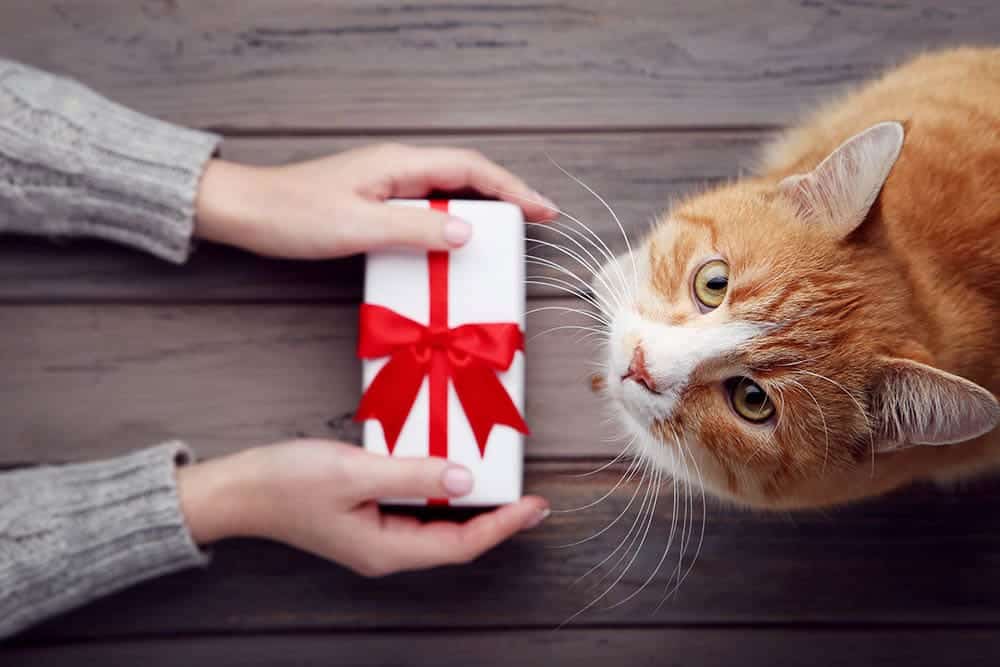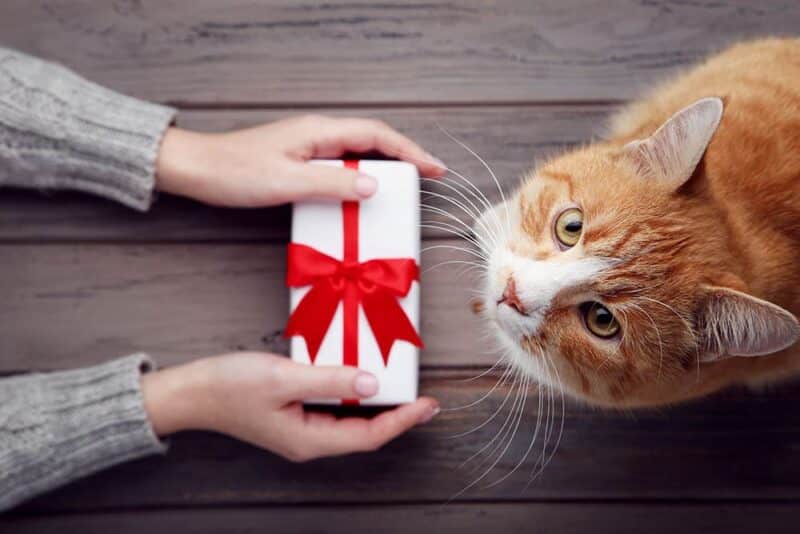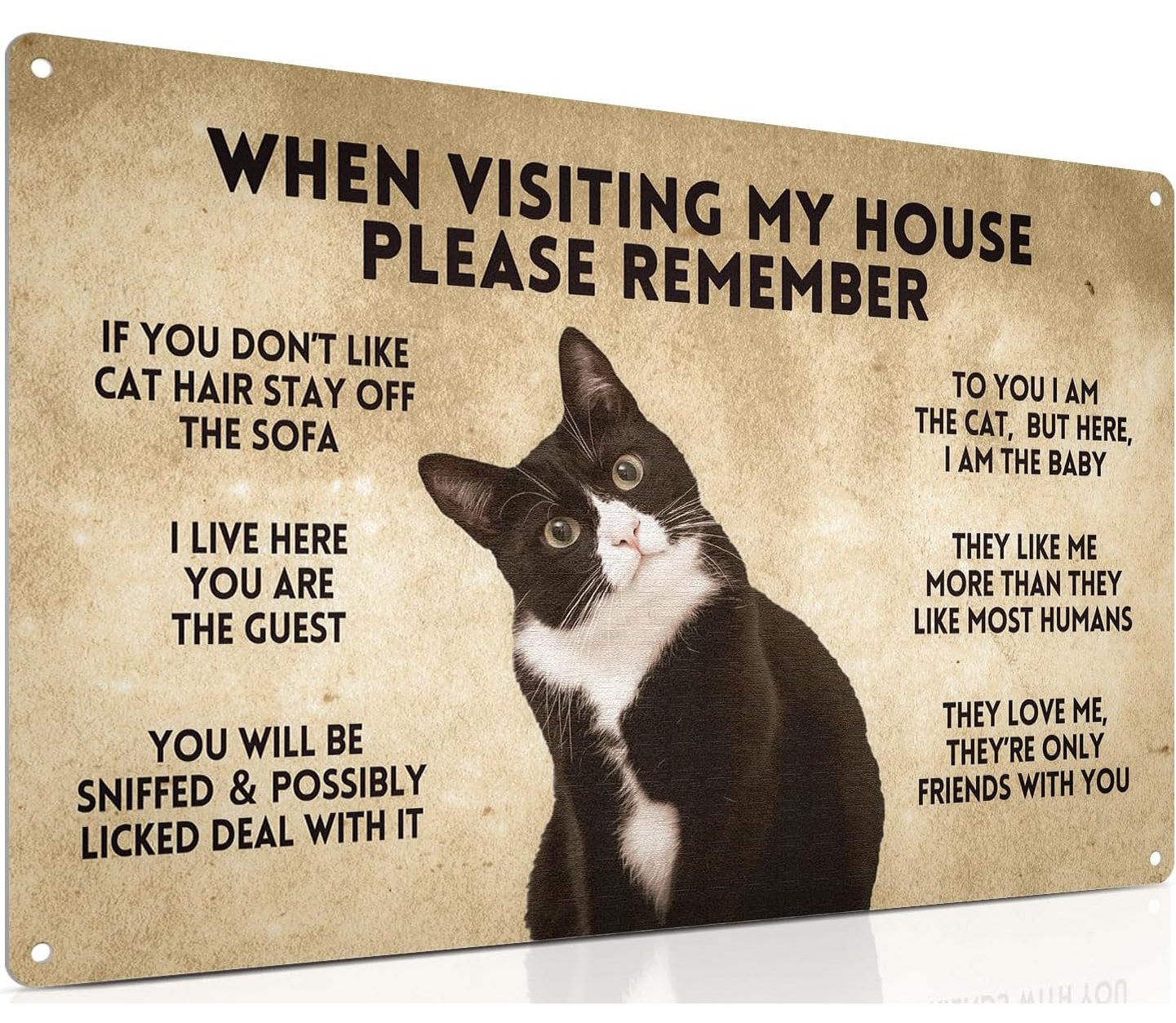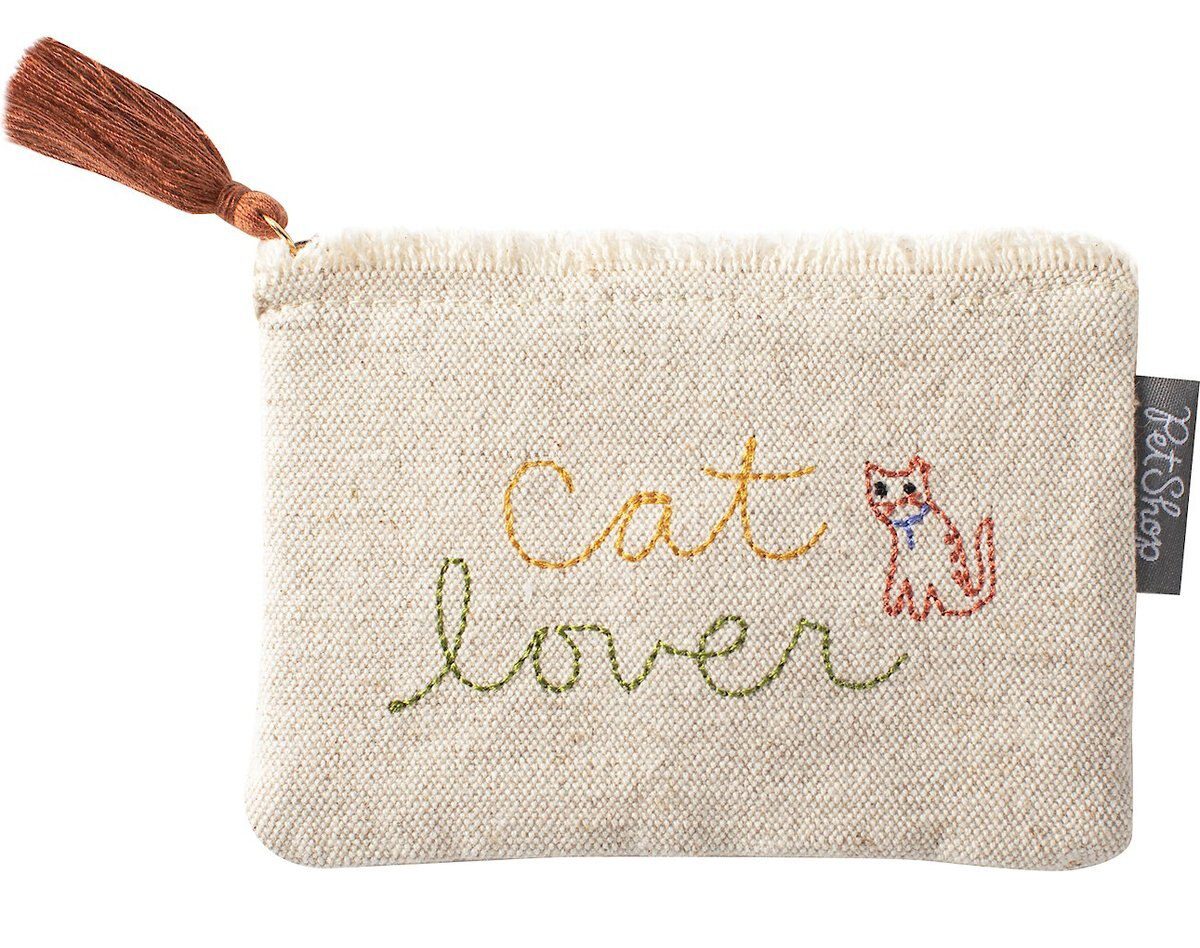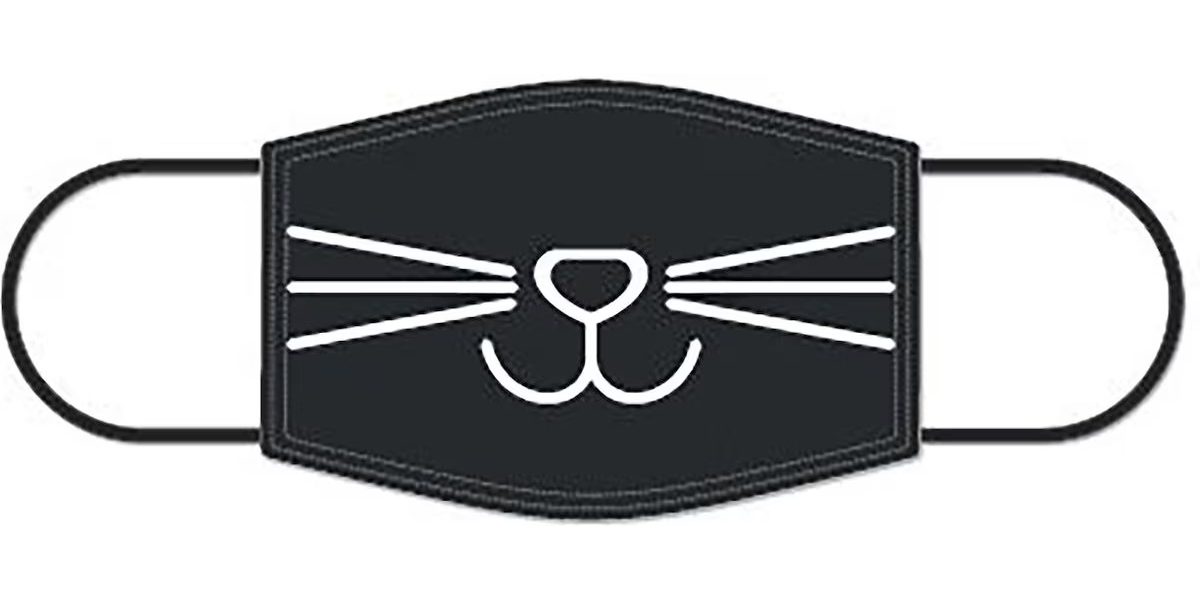Searching for gifts for someone can be challenging and stressful and often wastes time and money, with the other person getting little use out of your gift. Fortunately, it’s much easier if they have a cat because they will probably appreciate anything that brings their pet to mind. Here’s a list of several perfect gifts for the cat guy in your life, to help make your holiday shopping a bit easier.
Top 16 Great Cat Gifts for Him
1. Retro Cat T-Shirt
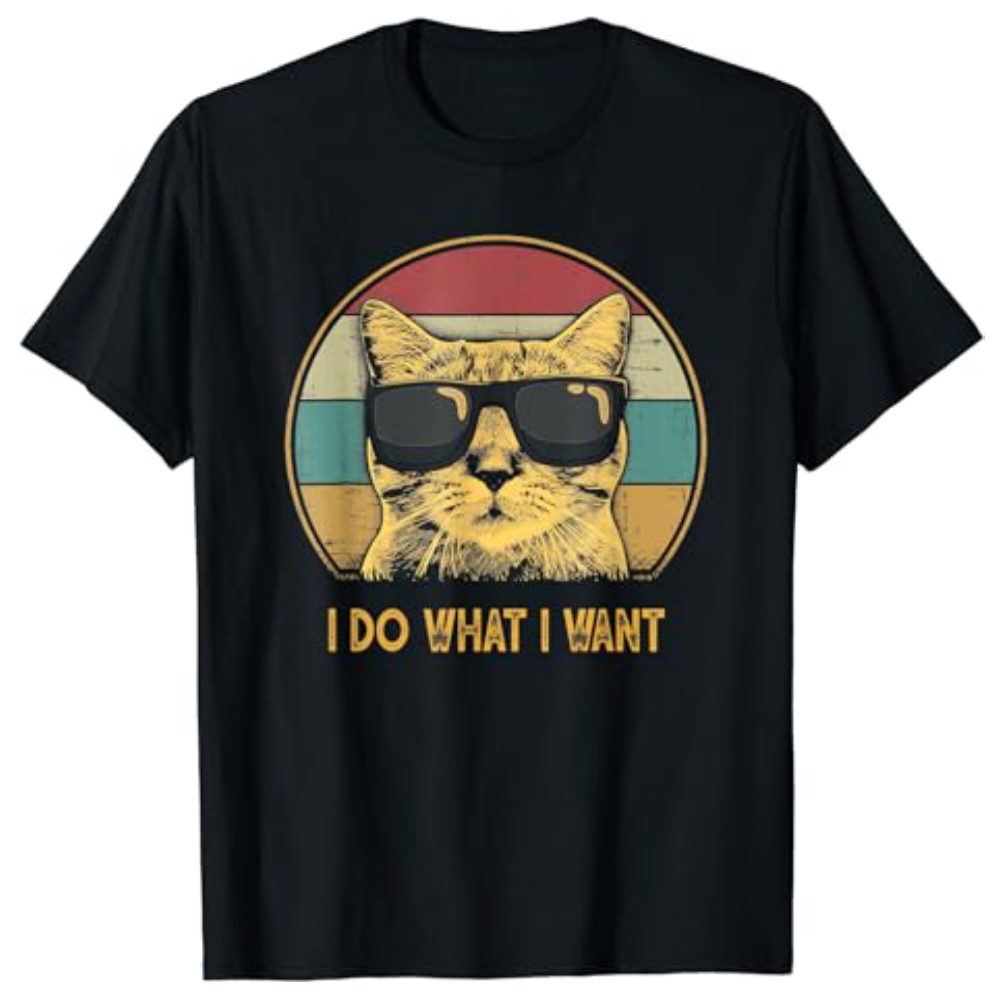
This funny T-shirt is perfect for the man who doesn’t like to follow a tight schedule and prefers a similar trait in their cat. The retro look is also quite popular right now, so this is the perfect gift for any occasion.
2. Alien Cat Selfie T-Shirt
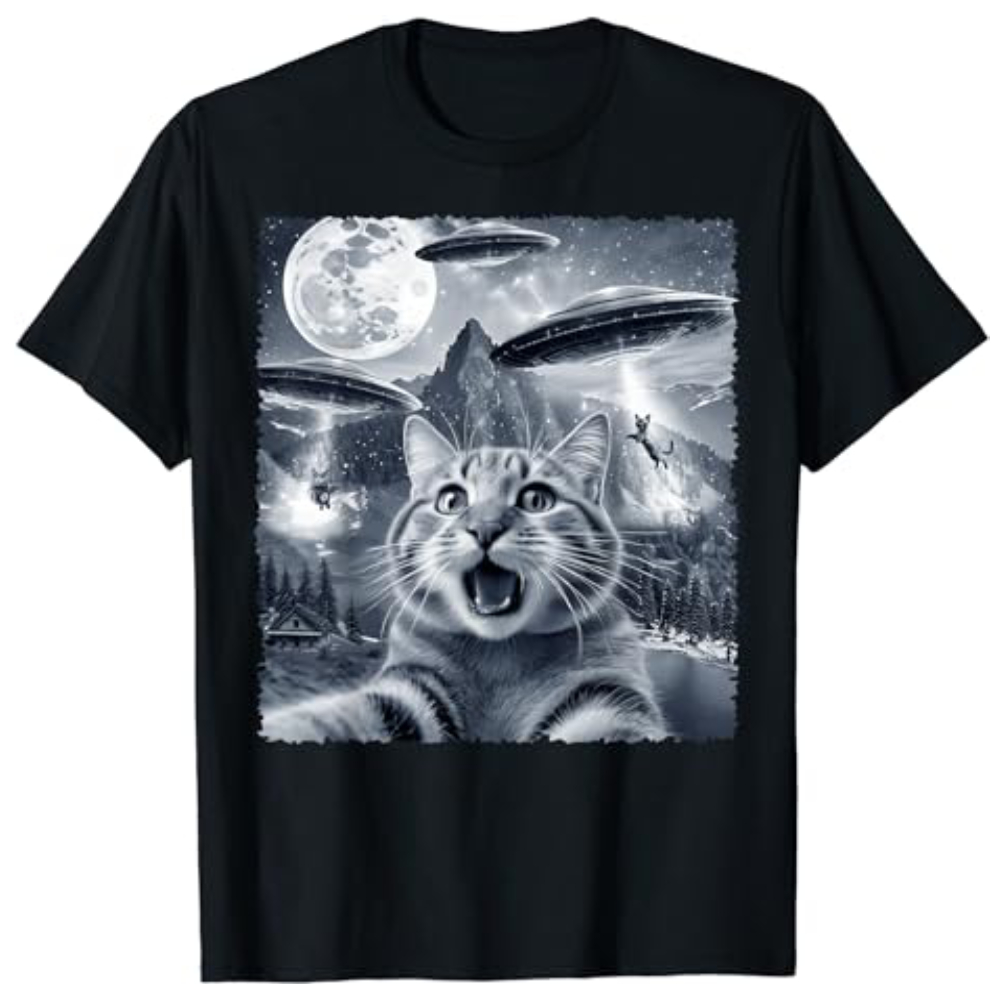
The Alien Cat Selfie T-Shirt is perfect for any cat lover who also loves UFOs. It has an image of an adorable cat taking a selfie of themselves as aliens abduct them and a bunch of other cats. It’s a high-quality shirt that will get plenty of attention.
3. Are You Pooping? Funny Tin Sign
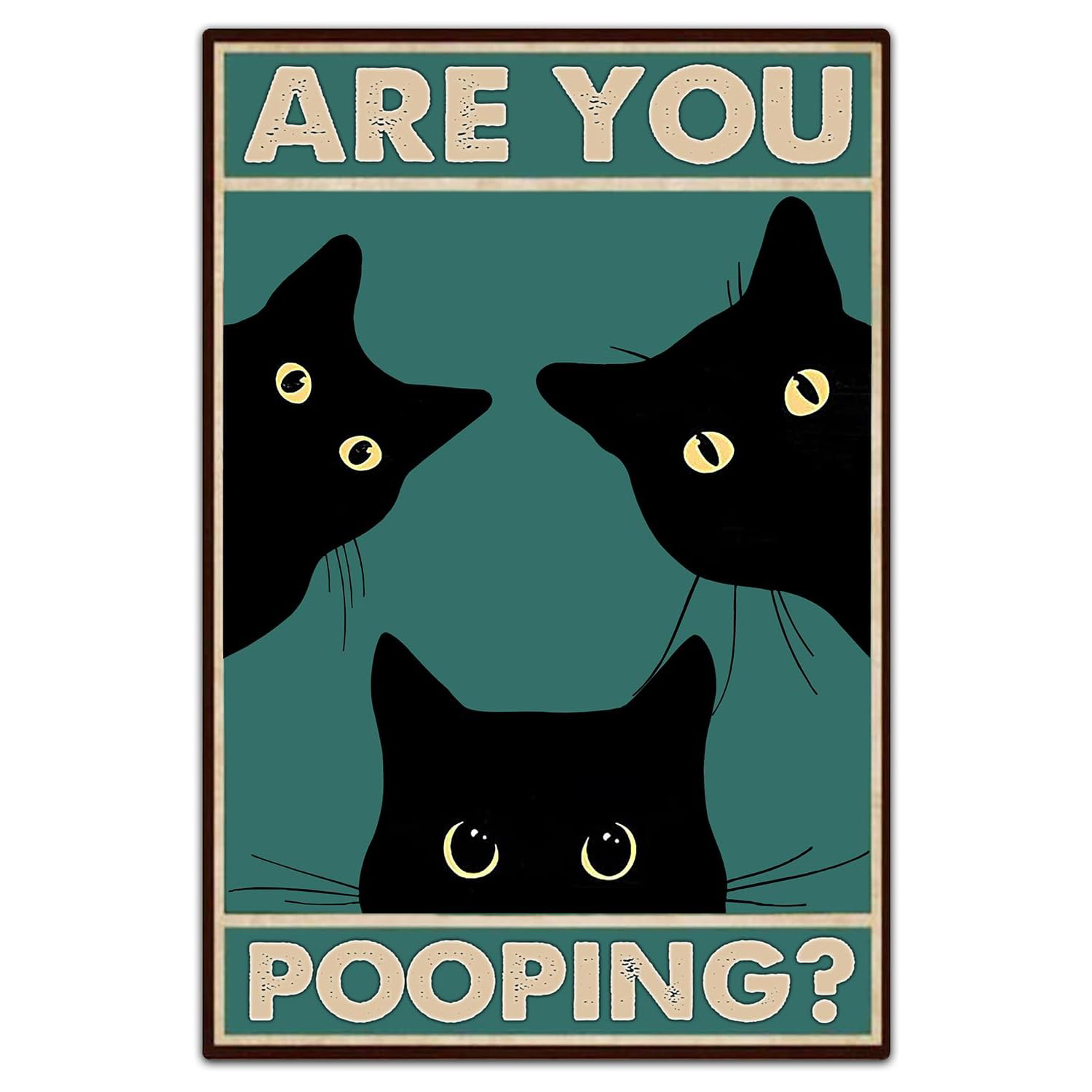
It doesn’t get much funnier than the Are You Pooping Funny Tin Sign. It’s sure to get laughs, and any cat-loving man will understand the deeper meaning behind this wonderful gift: Cats always have to stare at you when you do your business.
4. Couple Gift Keychain Cute Valentine’s Day Gift
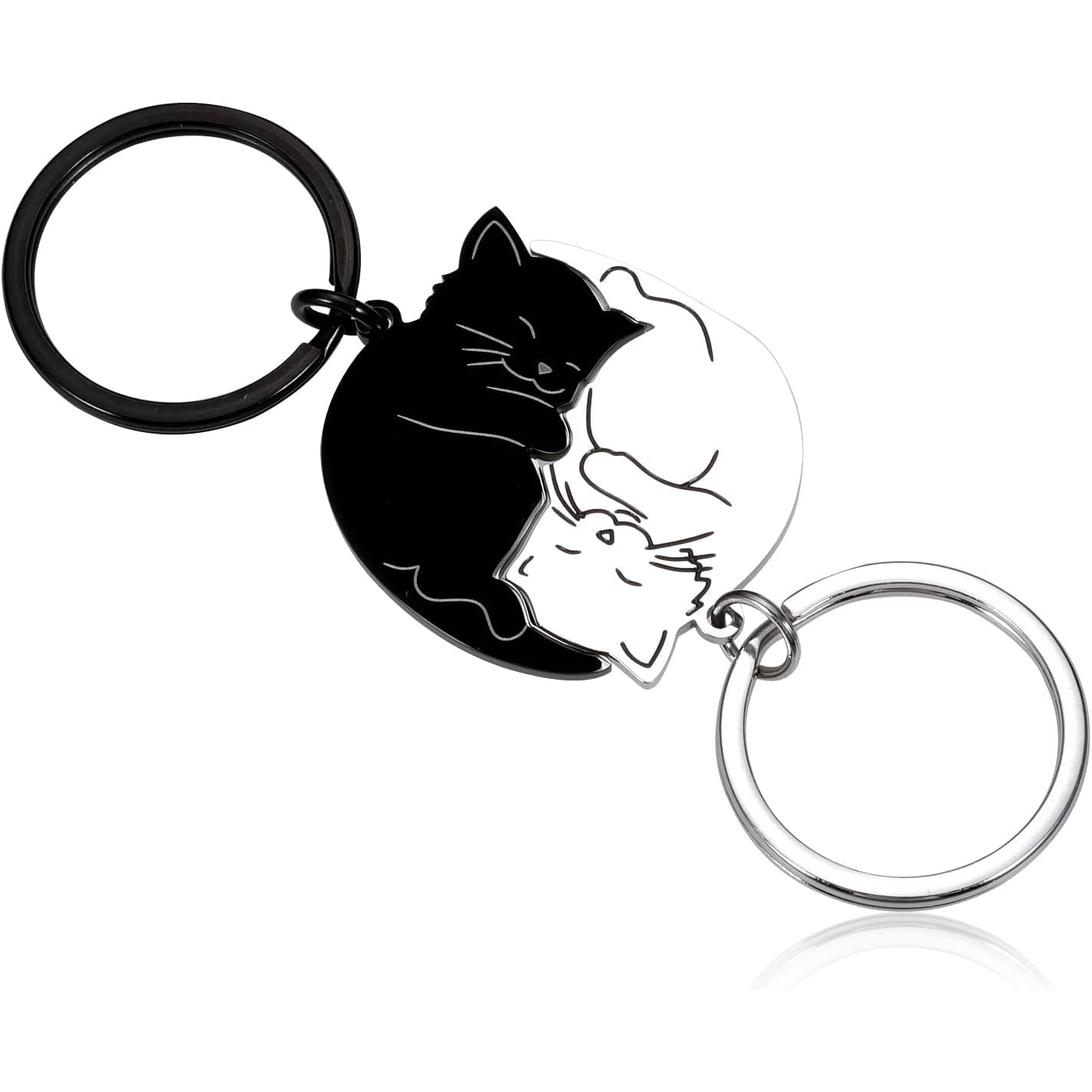
Any couple will be glad to get this adorable keychain featuring two cats that fit together perfectly, each holding a set of keys. It makes a great Valentine’s Day gift and is the perfect way to let him know that you are about to spend more time together.
5. Funny Cat Welcome Sign
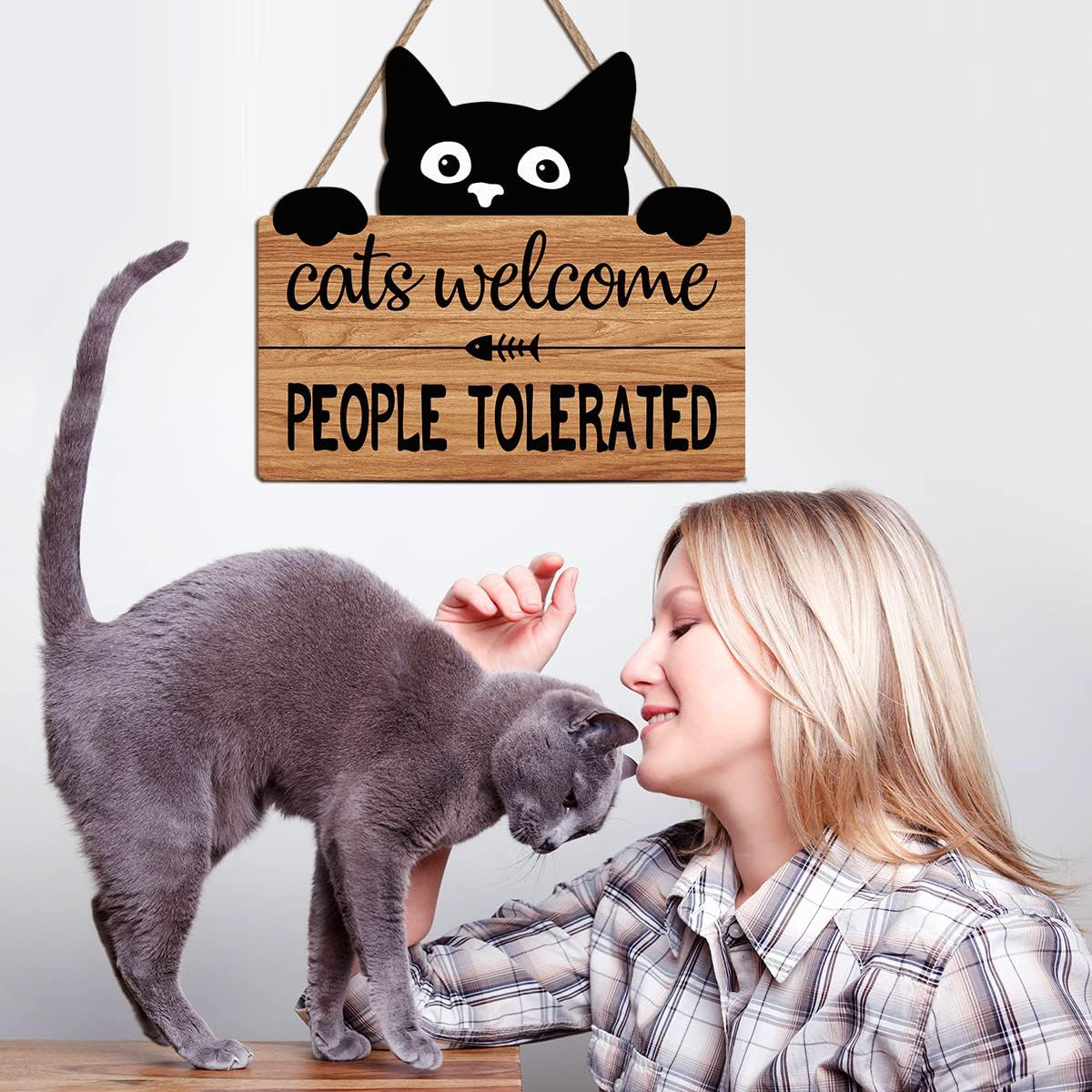
The Funny Cat Welcome Sign is the perfect gift for the cat-loving recluse. This durable and attractive sign hangs on your front door and makes it clear that the resident prefers cats to humans.
6. Funny Tuxedo Cat-Themed Sign
While the previous entry was perfect for outside the house, this funny cat sign is perfect for when you immediately enter. It features an adorable tuxedo cat informing everyone of all the household rules, which include that the cat is more important than you are.
7. Tribe Socks Personalized Holiday Pet Face Socks
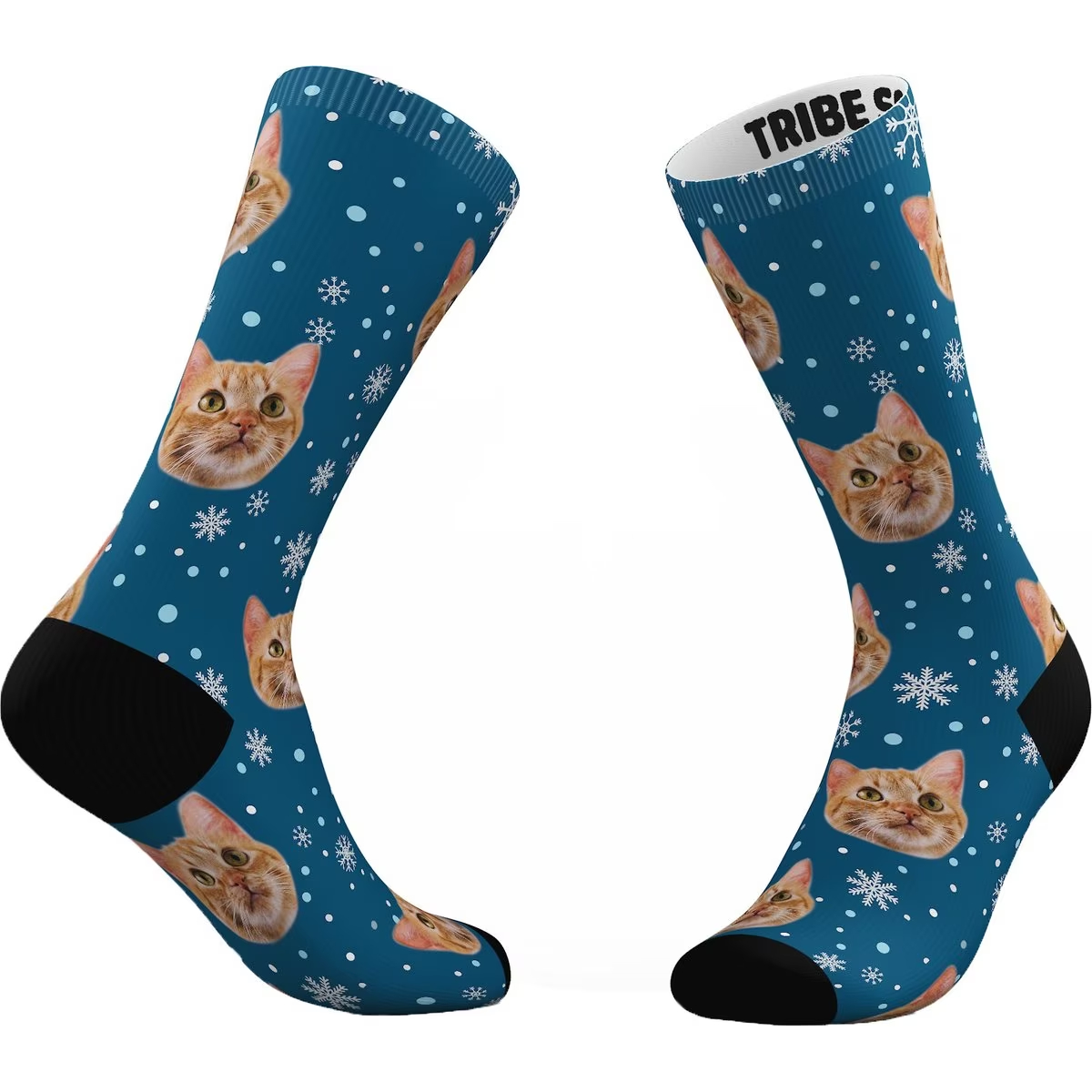
These personalized socks enable you to have your giftee’s cat’s face printed on them, making for a fun and heartwarming gift. These have a winter theme, making them a great choice for the holidays.
8. Primitives by Kathy Cats & Wine T-Shirt
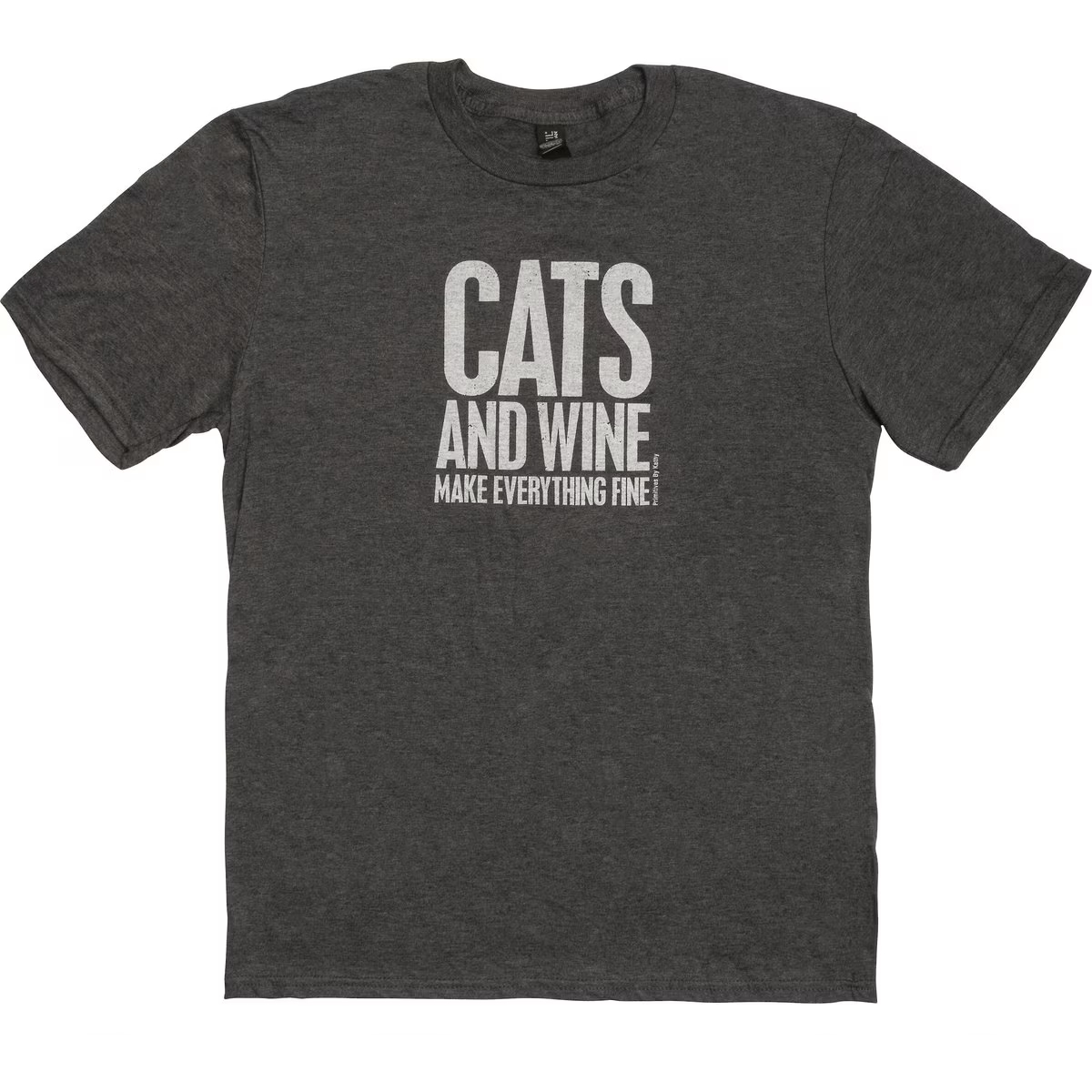
The Primitives by Kathy Cats & Wine T-Shirt is a great choice for those who enjoy the finer things in life: cats and wine. It’s a medium-sized, comfortable shirt perfect for casual outings or relaxing at home, and it makes a great gift any time of the year.
9. Pet Friends Pave Paw Cutout Pendant Necklace
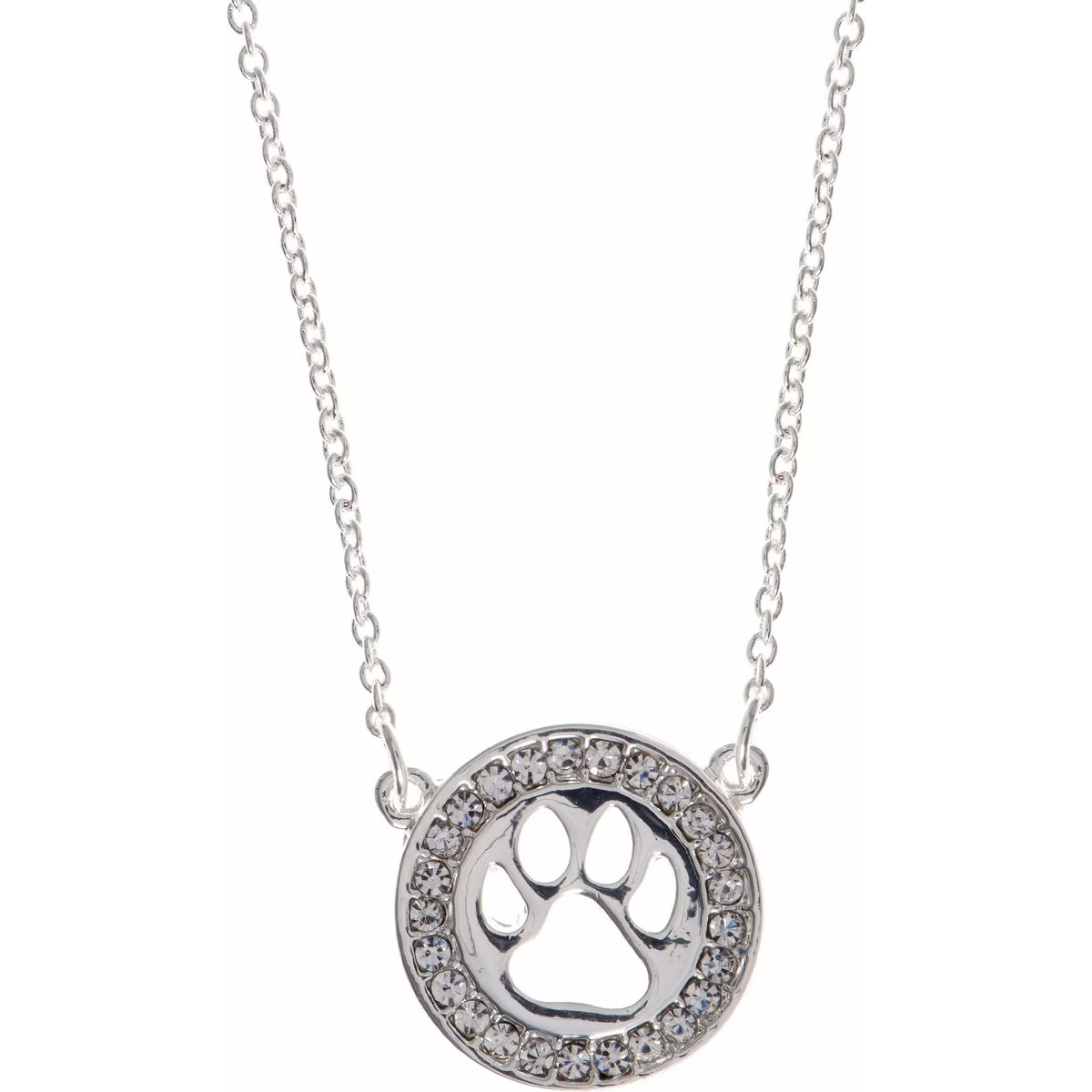
The Pet Friends Pave Paw Cutout Pendant Necklace features a paw cutout design for men who like to express their love for their cats. It’s a versatile accessory that they can wear with casual and formal attire, and it’s one of the few pieces of jewelry on this list.
10. Fringe Studio Stitched “Cat Lover” Canvas Pouch
The Fringe Studio Stitched “Cat Lover” Canvas Pouch is a practical and stylish pouch for the cat lover who likes to stay organized. This canvas pouch is perfect for storing small items like coins and shows off the person’s status as a proud cat dad. It’s durable and has attractive stitching.
11. Natural Blue Cat Print Face Mask
A face mask is a necessity when you’re sick, and the Natural Blue Cat Print Face Mask, with its cat face print, is both functional and fashionable. It’s a great way for cat lovers to stay safe while showcasing their love for their pets, and it’s the perfect gift any time of the year.
12. Primitives by Kathy Cat Baseball Cap
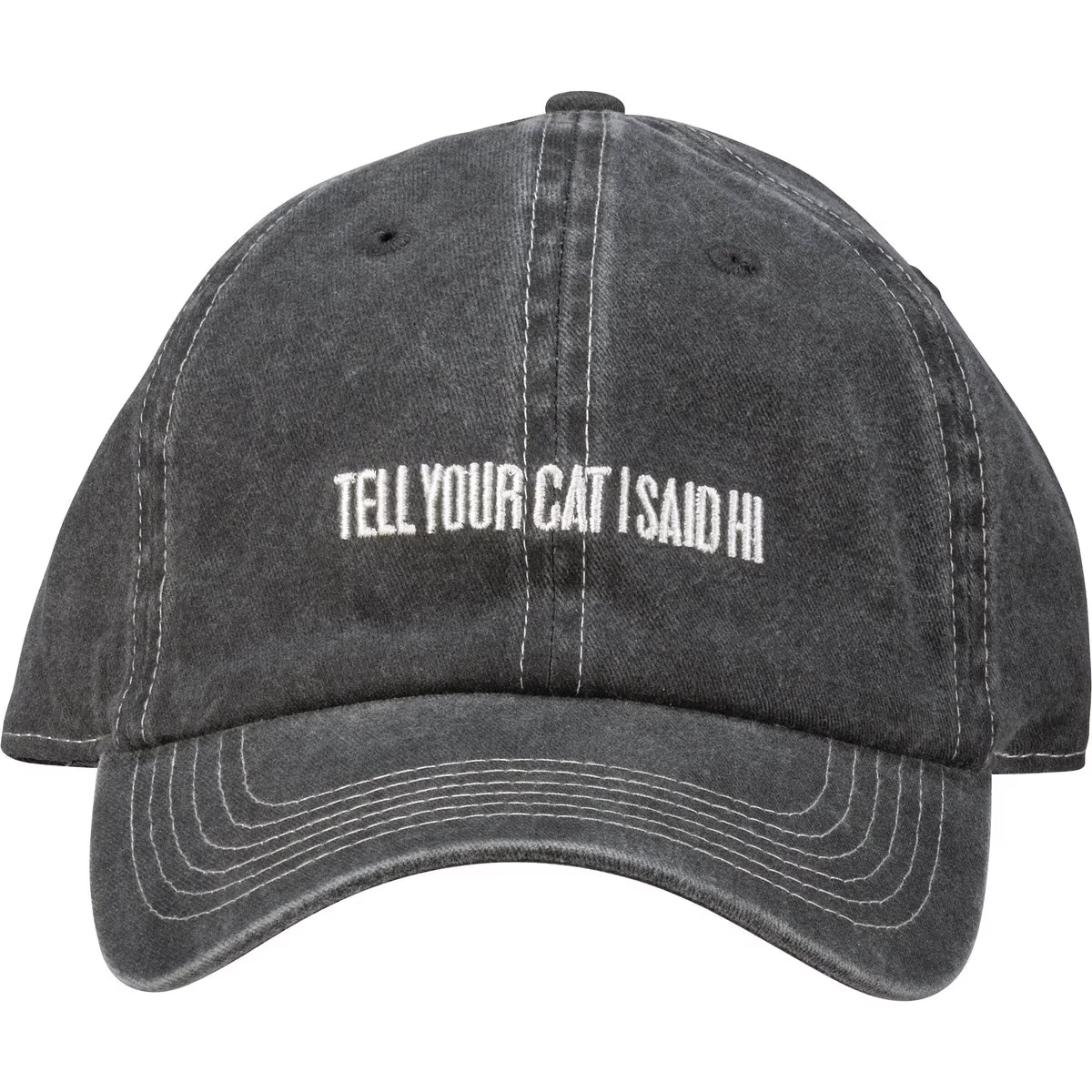
The Primitives By Kathy Cat Baseball Cap is ideal for casual outings or sunny days and makes a perfect gift for a cat dad. It’s a practical and stylish way to show off your love for your pet, and it’s suitable for any time of the year.
13. How to Tell If Your Cat Is Plotting to Kill You (The Oatmeal)
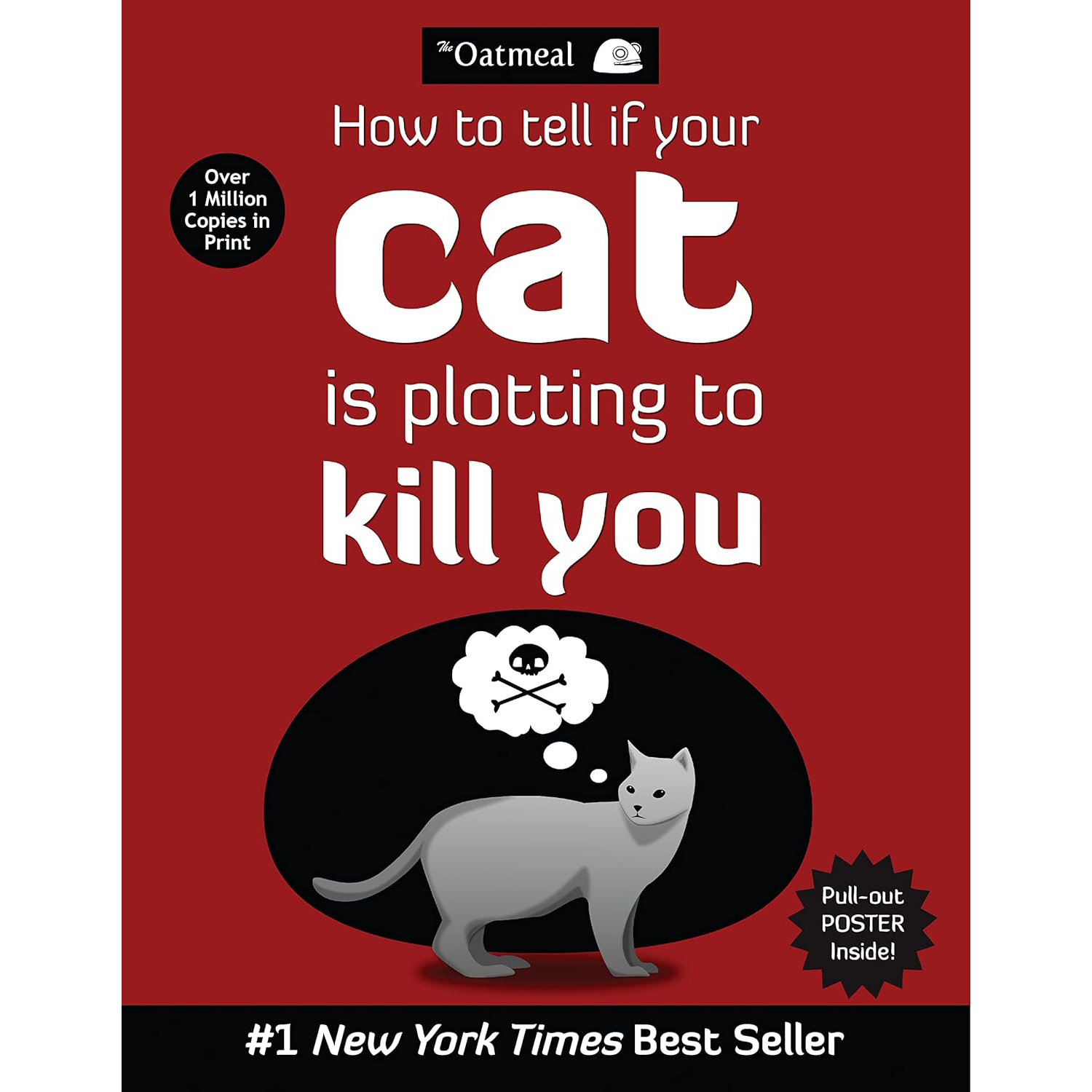
“How to Tell If Your Cat Is Plotting to Kill You” is a wonderful book in funny comic book style, and it’s perfect for the man whose cat is known for their strange behaviors.
14. The CatFather Whiskey Glasses
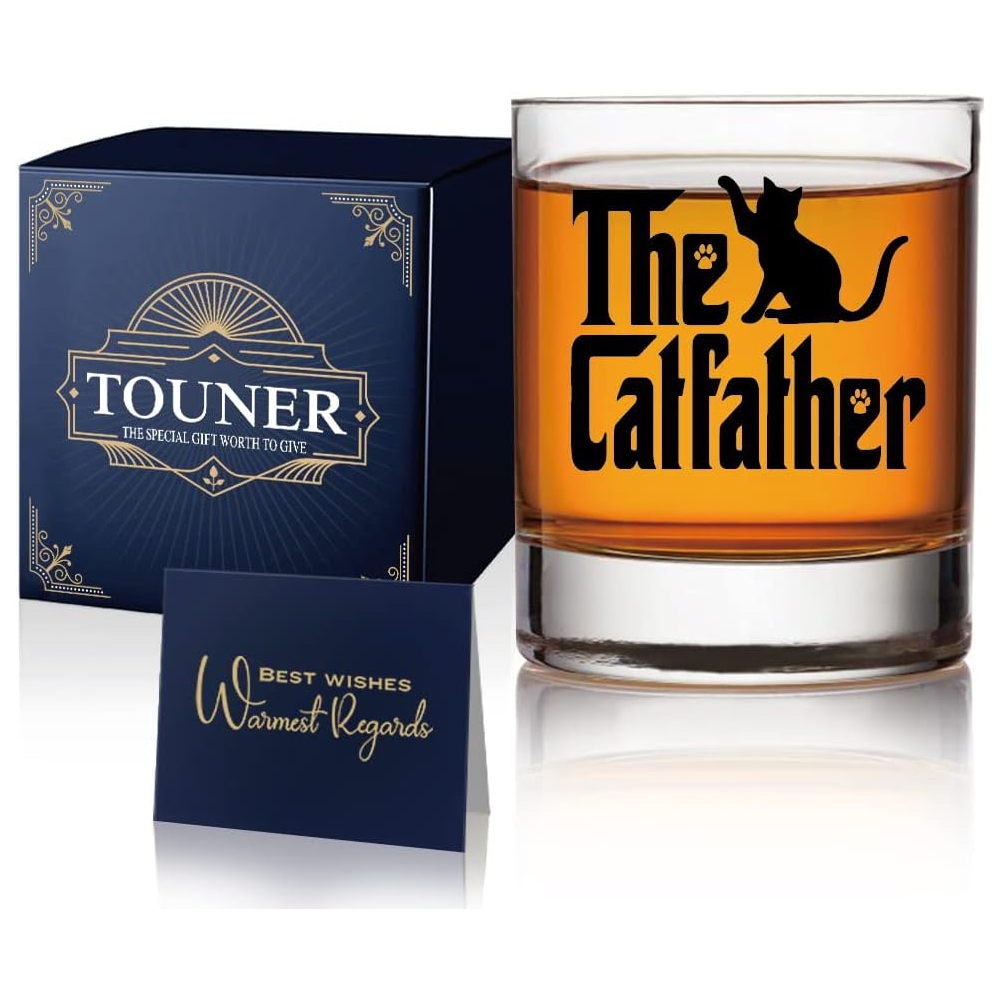
The CatFather Whiskey Glasses are a perfect gift for the cat-loving man who also loves “The Godfather” films. The 11-ounce capacity is sure to help them relax after a long day so they can focus on their pets.
15. MAINEVENT Best Cat Dad Ever Mug
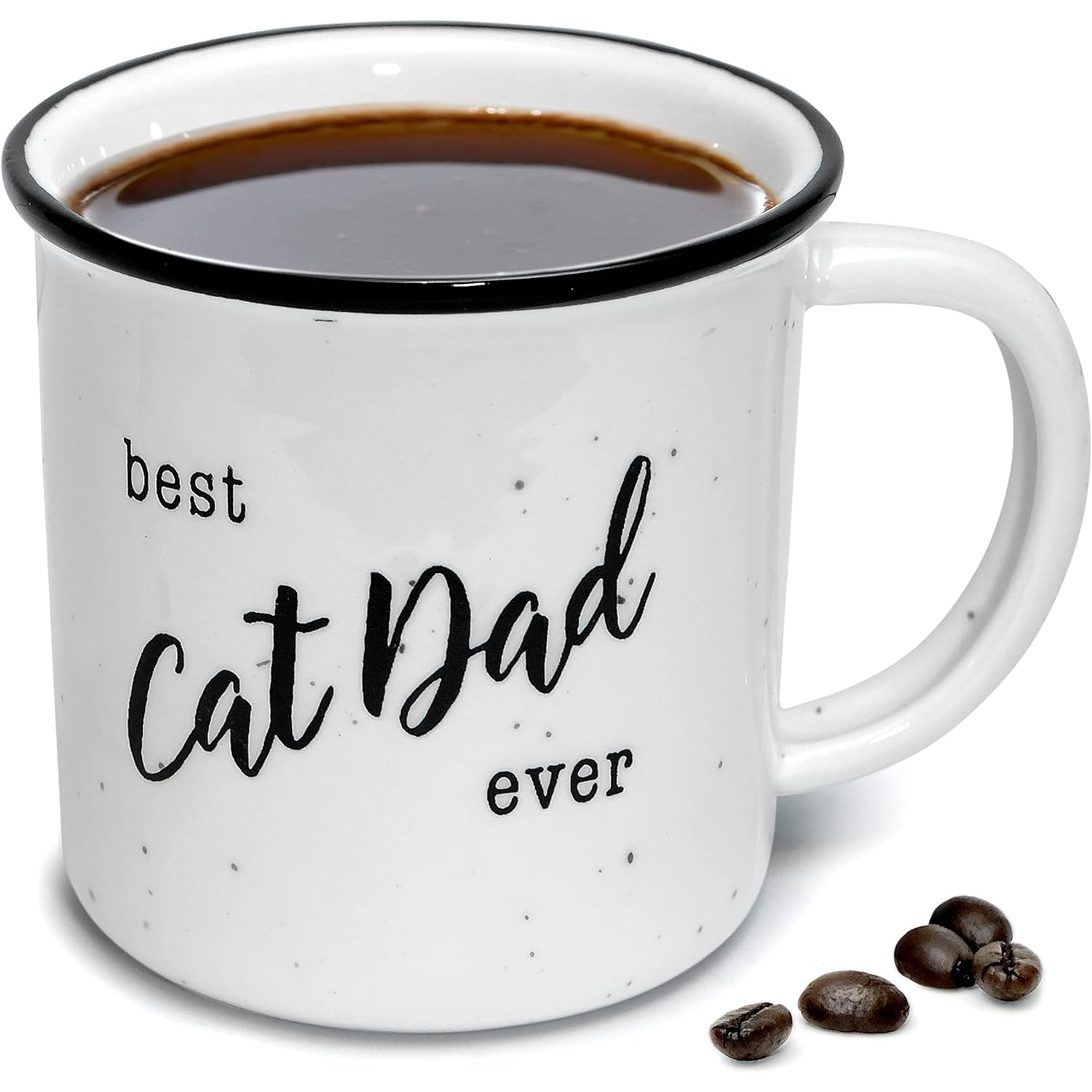
The MAINEVENT Best Cat Dad Ever Mug is a great gift for any cat dad, and it shows that you notice how much effort they put into caring for their pet. It’s also fairly inexpensive and works for any occasion.
16. Cat Parents Gifts Keychain
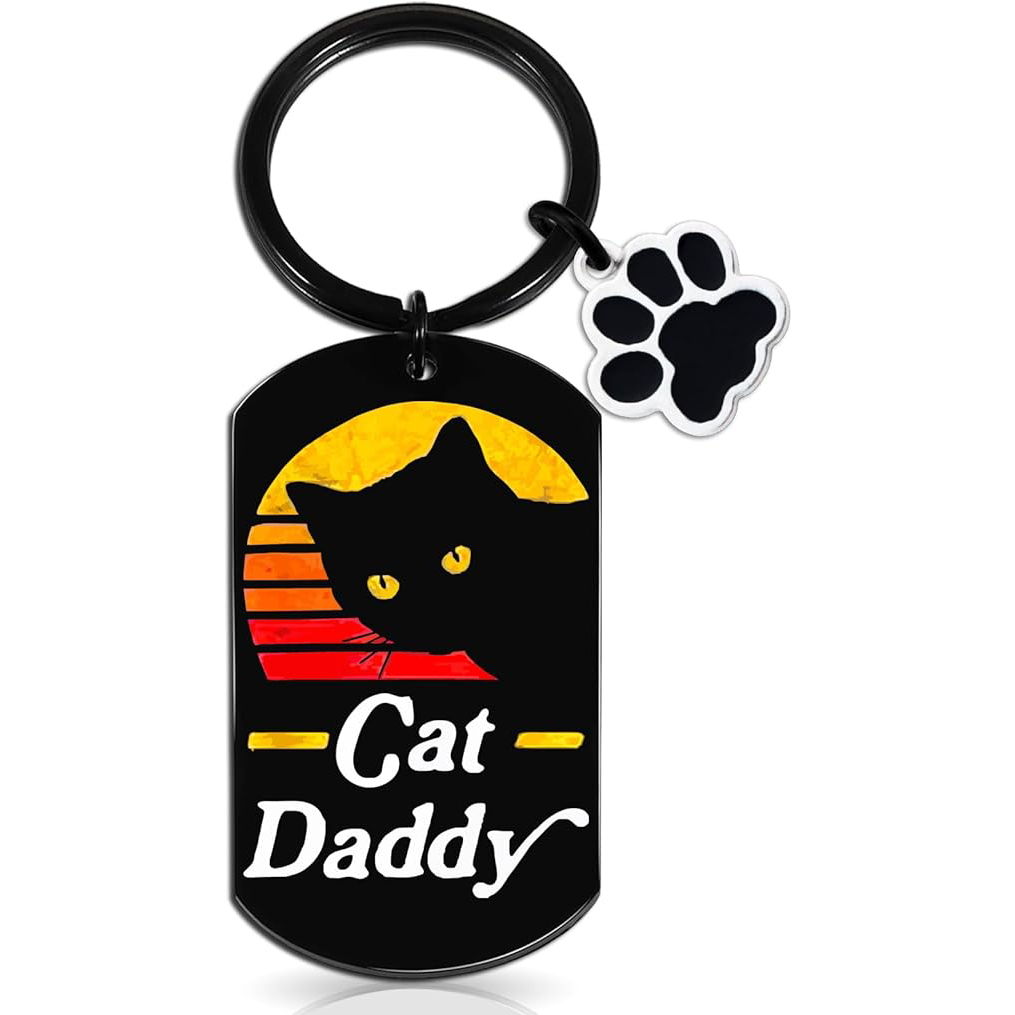
The Cat Parents Gifts Keychain is the perfect gift for any stylish cat dad. It looks fantastic, and reviewers report that it’s quite durable. It even comes with a paw pendant for extra flair.
Summary
There’s no shortage of great cat-themed gifts that you can give to your favorite cat dad. Gifts that rank high on our list include the Retro-Cat T-Shirt, the Are You Pooping Tin Sign, and the “How to Tell If Your Cat Is Trying to Kill You” book, but any of the items on this list are sure to make any cat-loving man happy!
Featured Image Credit: 5 second Studio, Shutterstock
Contents
- Top 16 Great Cat Gifts for Him
- 1. Retro Cat T-Shirt
- 2. Alien Cat Selfie T-Shirt
- 3. Are You Pooping? Funny Tin Sign
- 4. Couple Gift Keychain Cute Valentine’s Day Gift
- 5. Funny Cat Welcome Sign
- 6. Funny Tuxedo Cat-Themed Sign
- 7. Tribe Socks Personalized Holiday Pet Face Socks
- 8. Primitives by Kathy Cats & Wine T-Shirt
- 9. Pet Friends Pave Paw Cutout Pendant Necklace
- 10. Fringe Studio Stitched “Cat Lover” Canvas Pouch
- 11. Natural Blue Cat Print Face Mask
- 12. Primitives by Kathy Cat Baseball Cap
- 13. How to Tell If Your Cat Is Plotting to Kill You (The Oatmeal)
- 14. The CatFather Whiskey Glasses
- 15. MAINEVENT Best Cat Dad Ever Mug
- 16. Cat Parents Gifts Keychain
- Summary

